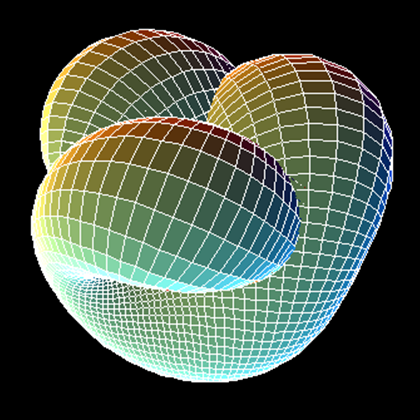
Mathematical Lecture
Professor Robert L. Bryant, President of the American Mathematical Society (AMS), will deliver a lecture on Holonomy at University College Cork’s Aula Maxima on October 12, as part of the George Boole 200 celebrations.
'The Notion of Holonomy in mechanics, geometry, and physics', scheduled to take place at 4pm, will be opened by UCC President Dr Michael Murphy.
The notion of `holonomy' in mechanical systems has been around for more than a century, and it gives insight into daily operations as mundane as steering and parallel parking and in understanding the behavior of balls (or more general objects) rolling on a surface with friction. A sample question is this: What is the best way to roll a ball over a flat surface, without twisting or slipping, so that it arrives at at given point with a given orientation?
In geometry and physics, holonomy has turned up in many surprising ways and continues to be explored as a fundamental invariant of geometric structures. In this talk, I will illustrate the fundamental ideas in the theory of holonomy using some familiar physical objects and the famous Platonic solids; explain how it is related to groups and symmetries; and, time permitting, give a glimpse of how it even makes an appearance in string theory and even more exotic theories in high-energy physics.
Founded in 1888 to further the interests of mathematical research and scholarship, the AMS has more than 30,000 members worldwide.
Bryant, a leading researcher in nonlinear partial differential equations and differential geometry, will be visiting UCC from October 11 to 14. He was the PhD adviser of Dr Ben McKay, lecturer at UCC’s School of Mathematical Sciences.
Professor of Mathematics at Duke University, Bryant was previously a director of the Mathematical Sciences Research Institute (2007-2013) at the University of California, Berkeley.